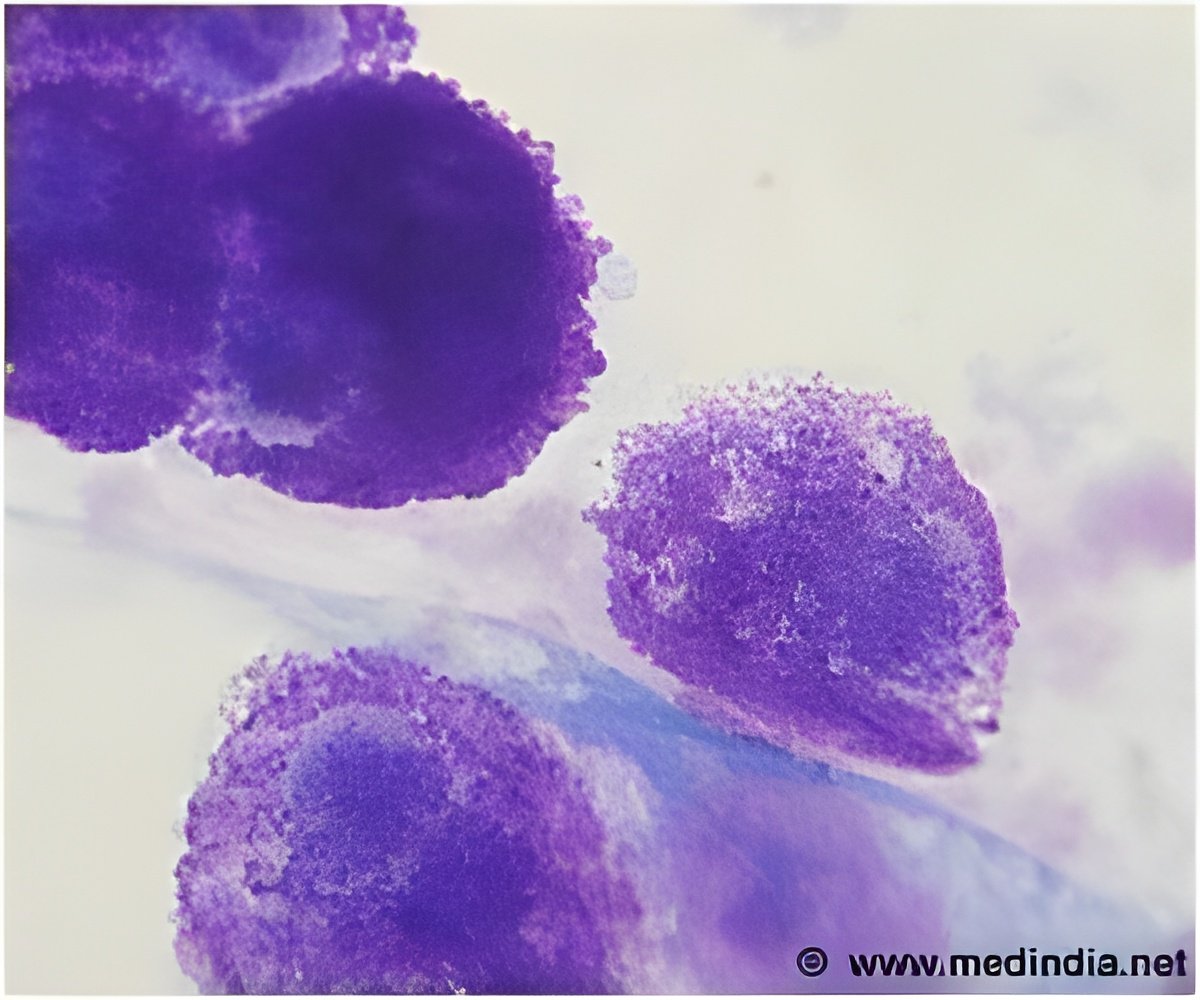
For the study, Robins and colleagues compared the effectiveness of high-throughput sequencing versus flow cytometry to detect minimal residual disease in 43 patients diagnosed with acute T lymphoblastic leukemia, a type of blood cancer that is most common in children under age 7. By sequencing the patients' T-cell receptor genes before and 29 days after chemotherapy, the researchers were able to precisely measure their presence in the blood and provide a more accurate prediction of leukemia relapse.
"The high-throughput sequencing detected minimal residual disease in nearly double the number of patients than flow cytometry – 22 versus 12 patients, respectively," Robins said.
Minimal residual disease, or MRD, a major predictor of cancer relapse, is when a small number of cancer cells survive treatment and persist in patients. Until recently, MRD was undetectable.
Flow cytometry, the primary method for detecting MRD in the United States, counts the number of cells in the blood with cancer-specific protein markers on their surface. While it is considered the gold standard, flow cytometry comes with a number of limitations:
- it has been difficult to standardize across different labs because there is no standard protocol;
- the antibodies used to tag the cancerous cells are expensive;
- every cancer type requires a different test, because each malignancy is associated with a different protein marker; and
- the sensitivity of the test is low, which means it sometimes fails to recognize the presence of cancer cells.
This study – the first use of high-throughput sequencing, or HTS, to detect minimal-residual disease in a clinical trial setting – found it to be at least 20 times more sensitive than flow cytometry in detecting MRD.
Advertisement
The Hutchinson Center has patents pending on core technologies employed by Robins and colleagues in conjunction with high-throughput DNA-sequencing used for this study. These core technologies have been licensed exclusively to Adaptive Biotechnologies, a Seattle biotechnology company Robins co-founded that offers commercial DNA sequencing and analysis.
Advertisement
"This discovery was critical to our understanding of how patients mount immunological responses against cancer, autoimmune disorders and infectious diseases," said Robins, whose Hutchinson Center research focuses on the genetics of the immune system – particularly how it responds to pathogens and the aging process.
Source-Eurekalert












